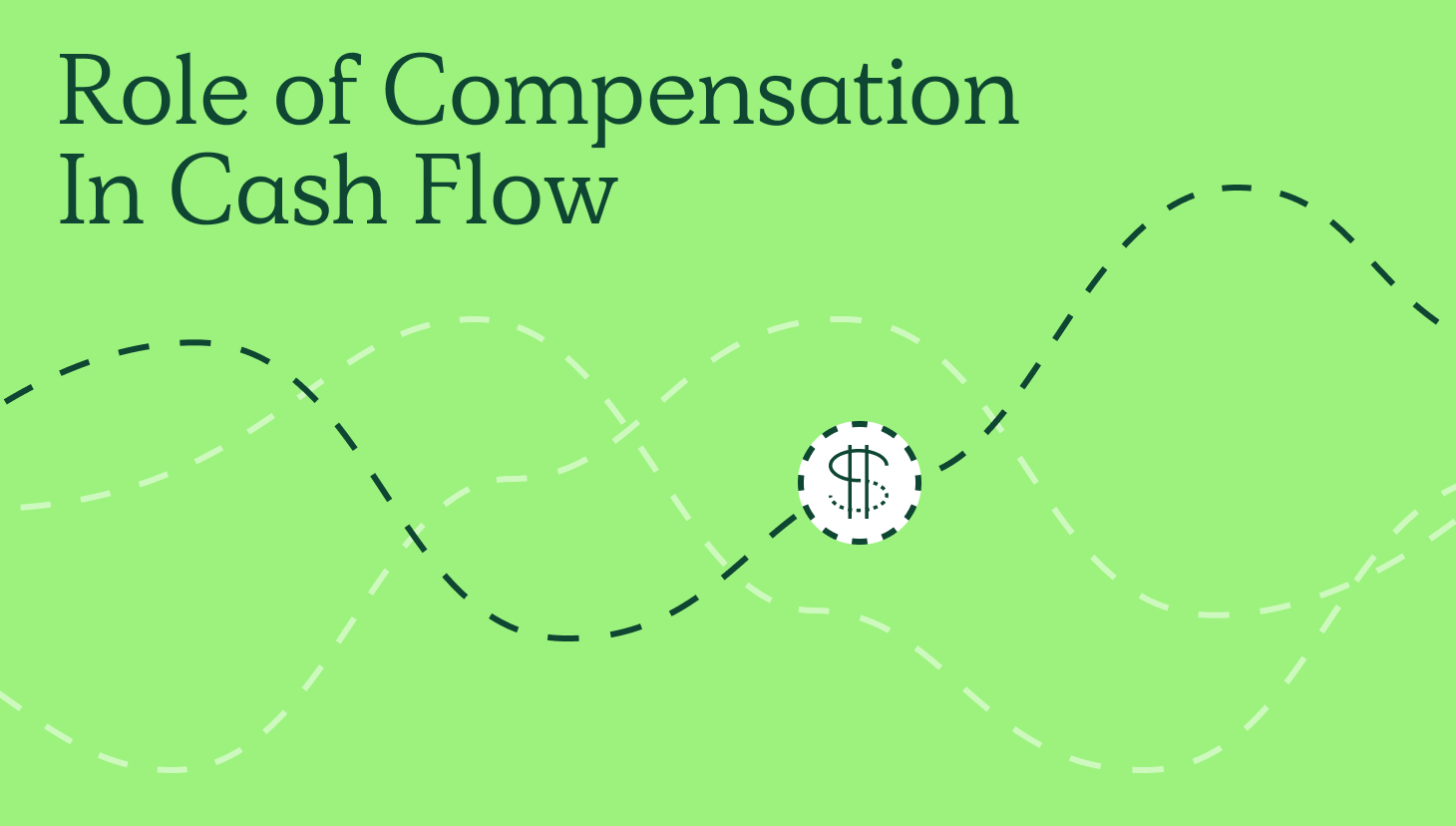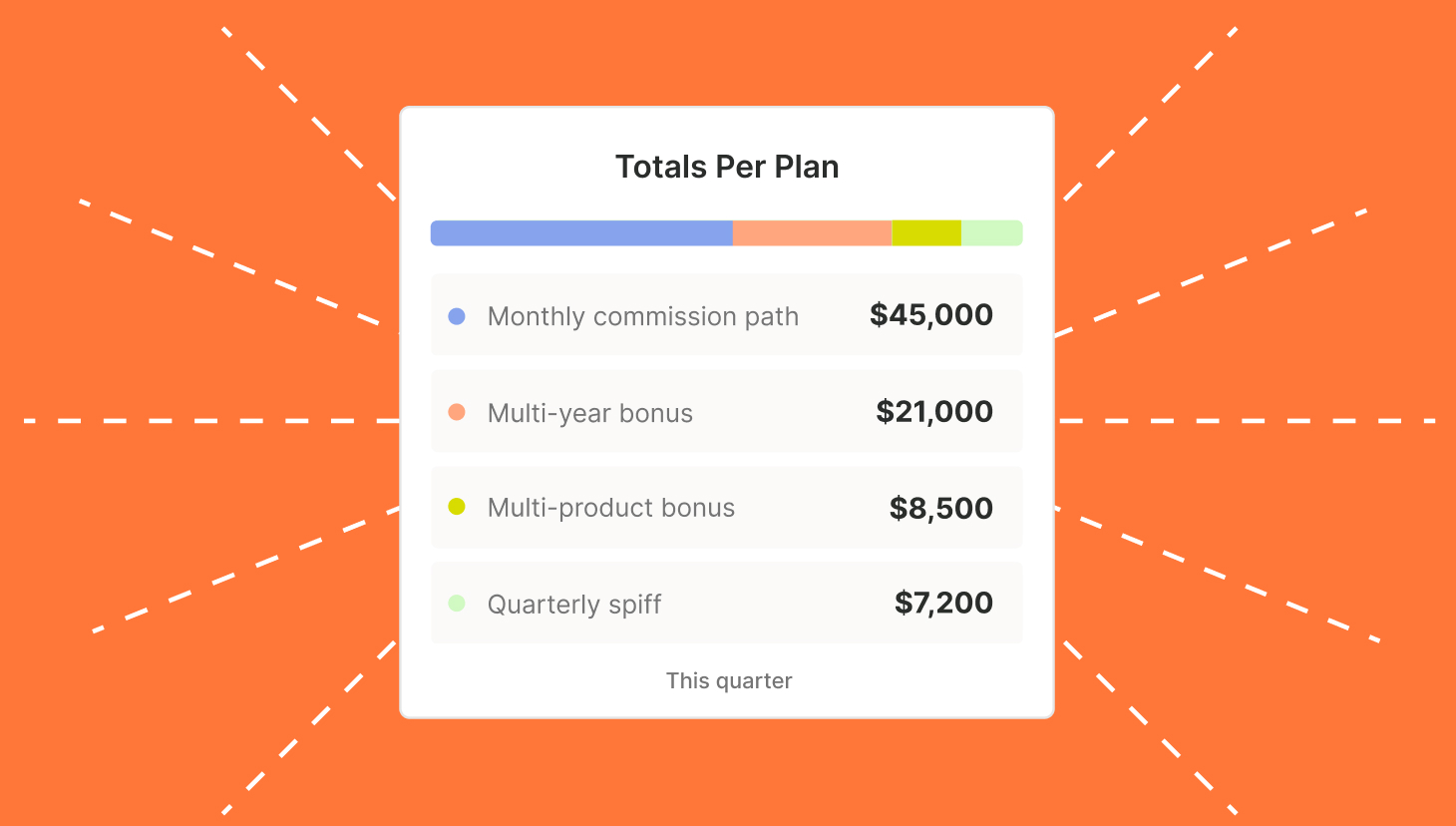The idea behind sales compensation and incentive pay may never change: “Show me an incentive, and I’ll show you an outcome.” — Charlie Munger
However, the strategy behind what incentives you offer and how you reward them certainly evolves. And that’s especially true amid market changes, shifting workforce dynamics, and increased competition.
Understanding compensation trends is essential for attracting, motivating, and retaining top sales talent in an increasingly complex environment.
Our research showed that 86% of reps rank compensation as their top priority when job hunting. Failing to maintain a competitive compensation plan can lead to increases in rep exits and challenges in maintaining a sufficient headcount to drive business goals.
Right now, external factors impacting sales compensation logistics include economic uncertainty, remote work shifts, and technological advancement. Companies that can effectively adapt their sales compensation strategies will not only drive growth but also position themselves as employers of choice in an increasingly competitive talent market.
Below, we provide insight into five key compensation trends that we think will influence sales compensation strategies in 2025.
These trends are based on recent Brevet, World at Work, and Alexander Group research.
Explore these trends to remain competitive.
Additional Reading
Usage-Based Compensation Model: Aligning Compensation with Consumption
Take Me to Blog5. Emphasis on Pay-for-Performance Models
First up is the rise of pay-for-performance compensation models.
As companies increasingly update their compensation plans to strengthen the link between pay and performance, they ensure that incentives closely tie to individual and organizational achievements.
A Pay-for-Performance sales compensation model links earnings directly to performance metrics such as sales volume, revenue targets, or other key performance indicators (KPIs). This approach incentivizes reps to meet or exceed specific goals aligned with business objectives such as growth and profitability. This model rewards better performance with higher compensation through commission-based pay, bonuses, or tiered incentives.
This strategy effectively motivates sales teams for organizations wishing to drive performance and accountability. However, it’s best to balance this model with team-based rewards or recognition components to ensure other factors such as customer satisfaction and other non-sales responsibilities don’t suffer.
4. Integration of Profitability Metrics
There’s a growing trend to incorporate profitability measures into sales compensation structures, encouraging sales teams to focus not just on revenue generation but also on the quality and profitability of sales. Tying compensation to profit-focused metrics like gross margin or customer retention encourages sales teams to prioritize high-margin products or ideal customer profiles (ICPs), supporting sustainable growth and the company’s bottom line.
Clear communication, training, and tools are essential when integrating these measures into sales incentive plans, ensuring team members understand how they earn and boosting plan effectiveness. For instance, providing team members with access to a platform like QuotaPath helps reps easily identify which deals to prioritize based on their compensation plan and track progress, increasing buy-in and adoption of profitability measures.
Webinar: Getting Crafty with Comp Plans to Maximize Revenue Efficiencies
Featuring VP of RevOps and Sales Ryan Milligan and CFO Ryan Macia.
Watch Webinar3. Utilization of Data-Driven Compensation Strategies
Organizations are leveraging data analytics to gain deeper insights into sales performance, enabling more tailored and effective compensation plans that align with specific business objectives. For instance, data can help identify which sales activities, products, or deals contribute most to profitability, enabling companies to know which behaviors to incentivize.
This approach ensures compensation plans align with revenue targets and strategic goals like entering new markets, customer acquisition, or retention. Data-driven strategies enable businesses to easily track rep performance and compensation plan effectiveness, facilitating plan adjustments in response to evolving market and economic conditions, and organizational goals.
Providing reps with real-time data access increases their understanding of how they get paid on a data-driven plan while giving them greater visibility into specific reward elements. This serves to boost plan effectiveness at motivating behaviors intended to drive business objectives.
When we asked nearly 500 revenue leaders what area of their sales compensation management process needs the most improvement, 25% reported “alignment to business goals” as their top focus, followed closely by simplicity, optimization, visibility, and automation. (Report)
2. Adoption of Flexible and Hybrid Work Models
How and where reps like to work is also impacting compensation structures.
The on-going shift towards hybrid work environments is influencing compensation strategies, with companies adapting their plans to accommodate remote work dynamics and maintain employee engagement. In 2023 companies had started reconsidering their work models, with 74% planning to shift to hybrid work permanently.
This measure increases rep satisfaction and retention as 55% of surveyed employees prefer working remotely at least three days per week, and 59% are attracted to employers offering hybrid or remote work options. Sales reps working remotely can also generate up to 50% more revenue, according to McKinsey.
However, flexible work isn’t only remote work.
For instance, flexible work models include employee-friendly leave of absence policies, incentive guarantees while on leave, and quota relief policies. Be sure to establish a clear plan detailing delegation of responsibilities during leaves of absence to ensure all internal and client-related duties are covered, preventing negative impacts on employees or the company overall.
1. Increased Investment in Sales Talent
Lastly, despite economic uncertainties, many organizations are boosting their sales compensation budgets and expanding headcount to attract and retain top sales talent, reflecting a commitment to driving growth through skilled personnel. Factors inspiring these increases include inflation and increased competition.
Compensation plans need to include a balance of financial and non-financial workplace benefits, according to Gartner. They recommend strategically growing and improving sales performance and boosting sales team retention by offering quality management and career development.
Career and skill development is beneficial to the organization while being attractive and desirable to current and potential employees. Organizations that invest in employee development reported 11% greater profitability and are twice as likely to retain their employees according to Gallup.
Streamline commissions for your RevOps, Finance, and Sales teams
Design, track, and manage variable incentives with QuotaPath. Give your RevOps, finance, and sales teams transparency into sales compensation.
Talk to SalesLooking Ahead: Preparing for 2025 Sales Compensation Success
These five trends are essential for building a competitive and effective sales compensation plan for 2025.
A pay-for-performance model, profitability metrics, and data-driven compensation strategies all support the alignment and achievement of organizational goals and sustainable growth. Adoption of flexible work while increasing headcount and skill development helps boost productivity and rep retention.
Aligning compensation strategies with both business goals and current market dynamics ensures you’re driving the right behavior for sustainable growth and profitability.
Take the time to evaluate your current compensation plans and consider how each trend may impact or improve your approach.
Then, with rapidly evolving trends, set up regular assessments of compensation effectiveness to stay agile and responsive to changing needs.
Forward-thinking compensation planning plays a pivotal role in achieving 2025 sales targets and long-term business growth.See how QuotaPath simplifies compensation effectiveness assessments and facilitates data-driven incentive strategies. Schedule time with a team member today.



